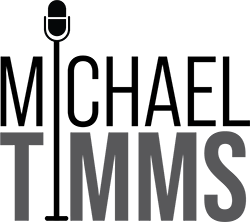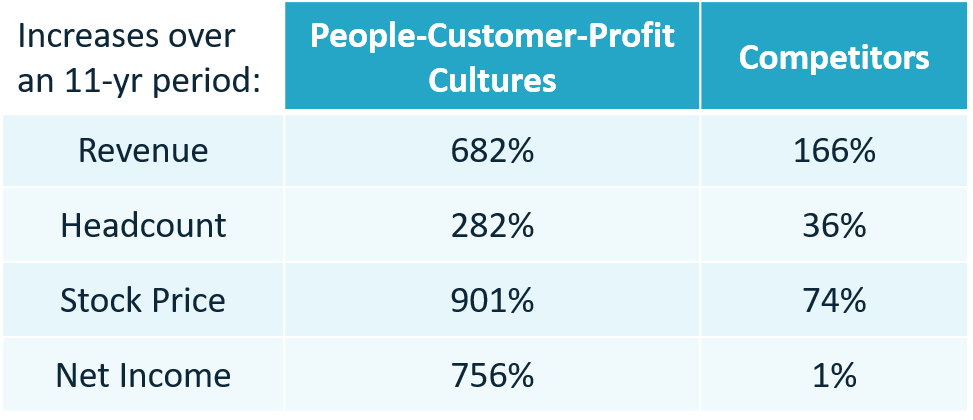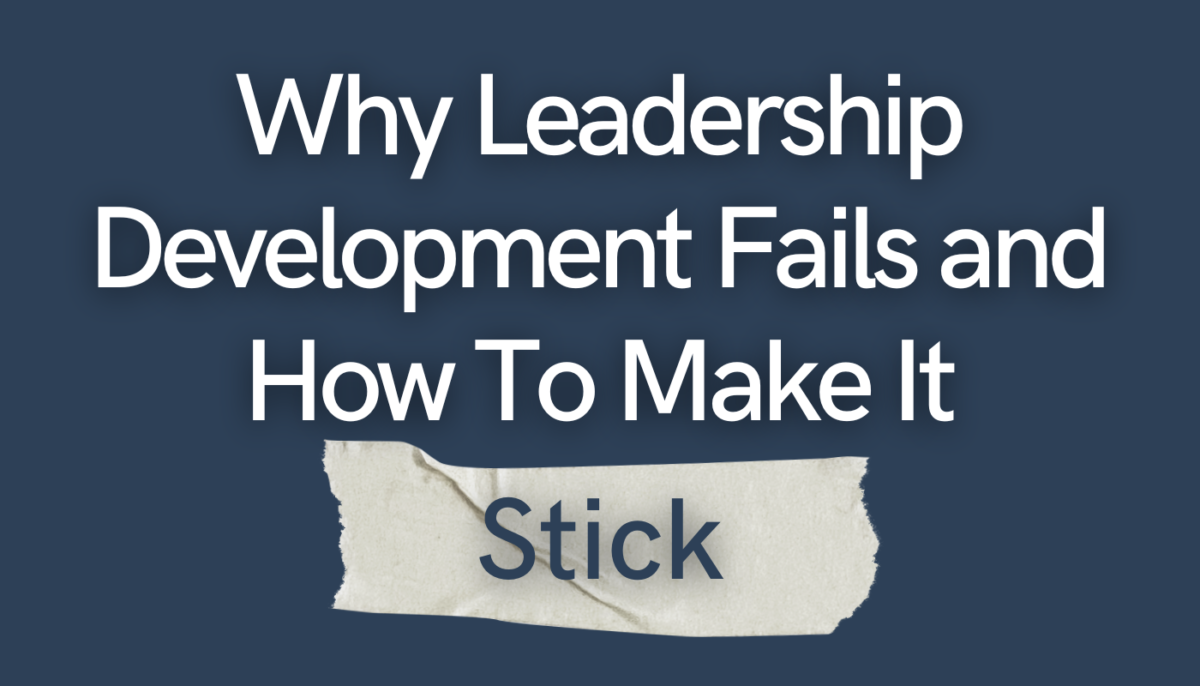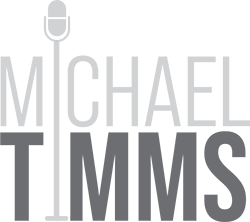I recently wrote about the Coming Talent Revolution and the calamity it will cause employers who are not paying attention to the signals in the current labour market. Employees are no longer content to work for an employer who puts profits before people and purpose. The best talent will inevitably be drawn to progressive employers who ‘get the people thing.’ Those employers who don’t ‘get it’ won’t only have problems attracting and retaining this new generation of employees; their financial performance will almost always lag behind those companies who consistently put their people first. How much, you may ask? Check out these stats.
In their book, Corporate Culture and Performance, Kotter and Heskett reveal the secret to achieving the highly desirable financial results shown above. They proved that the key to high performance is to create a culture where people (employees), customers and profit are all equally valued. But where does it all start? Their massive four-year study revealed what should already be common sense: engaged employees engage customers who then come back for more and tell their friends.
Mark Porter, WestJet’s Executive Vice President of People & Culture, described their incredibly successful philosophy to me this way: “We believe that if we look after WestJetters, they will look after the guests, and the guests will look after our company.”
If anyone understands how to succeed across virtually any marketplace, it’s Sir Richard Branson. Branson believes that people and planet should be on par with profits, but guess how he orders the sequence? Branson’s mantra is “People, Planet & Profits.” That’s not a coincidence. He stakes the success of his companies on his belief that people come first. Only then will employees take up the company’s cause as their own.
Ritz Carlton Hotels have incorporated their people-first philosophy into their corporate motto: “We are Ladies and Gentlemen serving Ladies and Gentlemen.” This isn’t just a motto, this is a mandate for managers regarding how they must treat their employees. They don’t view their employees as housekeepers and janitors. They treat them as ladies and gentlemen so that their employees will be motivated to treat their customers in kind.
People Come Before Profits
On the surface, it may appear like these companies are saying that people are their top priority. But I’m not sure that’s necessarily what they’re saying. How can you argue that your employees are more important that a constant revenue stream? How can you say that your employees are more important than your customers? I don’t think you can. They’re all very important priorities. What I think these and many other successful companies have figured out is people are their first priority in a sequence of equally important priorities that culminates with profit.
Whether stated explicitly or not, exceptional companies order their priorities in this sequence:
Engaged employees engage customers either directly when they interact with them, or indirectly through the innovative products they design and the customer-focused processes they implement. Engaged customers then take care of the company. It’s that simple. But common sense is not common practice.
The Missing Link In Corporate Strategy
More companies than we can probably imagine have tried and failed to create a sustainable high-performance culture. Even companies that understand that people are their first priority have fallen on their face because they have missed the sine qua non of strategy. Exceptional companies have figured out not only the proper sequence of strategic priorities, but that these priorities are driven by a simple, compelling purpose.
A clearly defined, viscerally authentic, and ubiquitously understood purpose renders prescriptive policy manuals obsolete because it allows everybody to make decisions based on the same criteria. Whether you’re the janitor or the president, all decisions are guided by the same purpose and must pass the culture test. But that’s not the only reason a clearly defined, broadly understood purpose is the hallmark of exceptional companies. Purpose mobilizes people in a way that simply pursuing profits never will. Purpose acts as both rudder and engine. It sets the direction and is the catalyst of sustainable forward momentum.
[bctt tweet=”Purpose acts as both rudder and engine. It sets the direction and is the catalyst of sustainable forward momentum.” via=”no”]
When you add purpose to the strategic priority sequence, it becomes clear that profit is not an end in itself. Profit is a means to an end. Exceptional companies take that profit and reinvest it in their companies so that they can fulfill their purpose better. Profit fuels purpose.
When companies put their priorities in the proper sequence, their priorities become a virtuous cycle—like a perpetual-motion engine. Exceptional companies are purpose-driven, people-first, and profit-fueled in a self-sustaining cycle.
[bctt tweet=”Profit is not an end in itself, it is a means to an end. Profit fuels purpose.” via=”no”]
What Does It Mean To Put People First?
Based on the research I conducted for my book Succession Planning That Works, I discovered that people-first companies have the following in common:
- Their clear, driving purpose is laced throughout their communication, company traditions, and decision-making.
- The top executive sees themselves as the ambassador and custodian of corporate culture.
- They conduct employee engagement surveys quarterly and report the results as religiously and with as much diligence as the quarterly financial results.
- Talent Development is a top strategic priority, not just an HR priority. Exceptional companies ensure that employee development plans are robust (not limited to “take a course”) and are reviewed quarterly.
- The CEO leads the succession planning process, and the development plans of identified future leaders are reviewed by the executive team quarterly.
- Top talent, those identified as future leaders or who have an accelerated development plan, take on a new role every two years.
- Their most valuable employees are those with the most breadth of experience within the company.
- Recruiting is focused on entry-level positions, and between 90% – 100% of leadership positions are filled internally.
Organizations wishing to implement the Strategic Priority Cycle don’t have to “reinvent the wheel” themselves. Fortunately, many exceptional companies have already led the way and their commonalities have left a well-marked trail for other progressive employers to follow.
______________________________________________________________________________________
For more information on this topic check out our Leading Talent Development Workshop.










